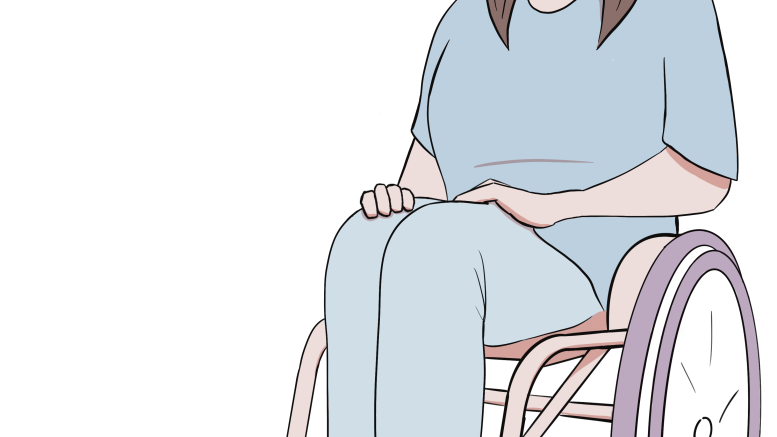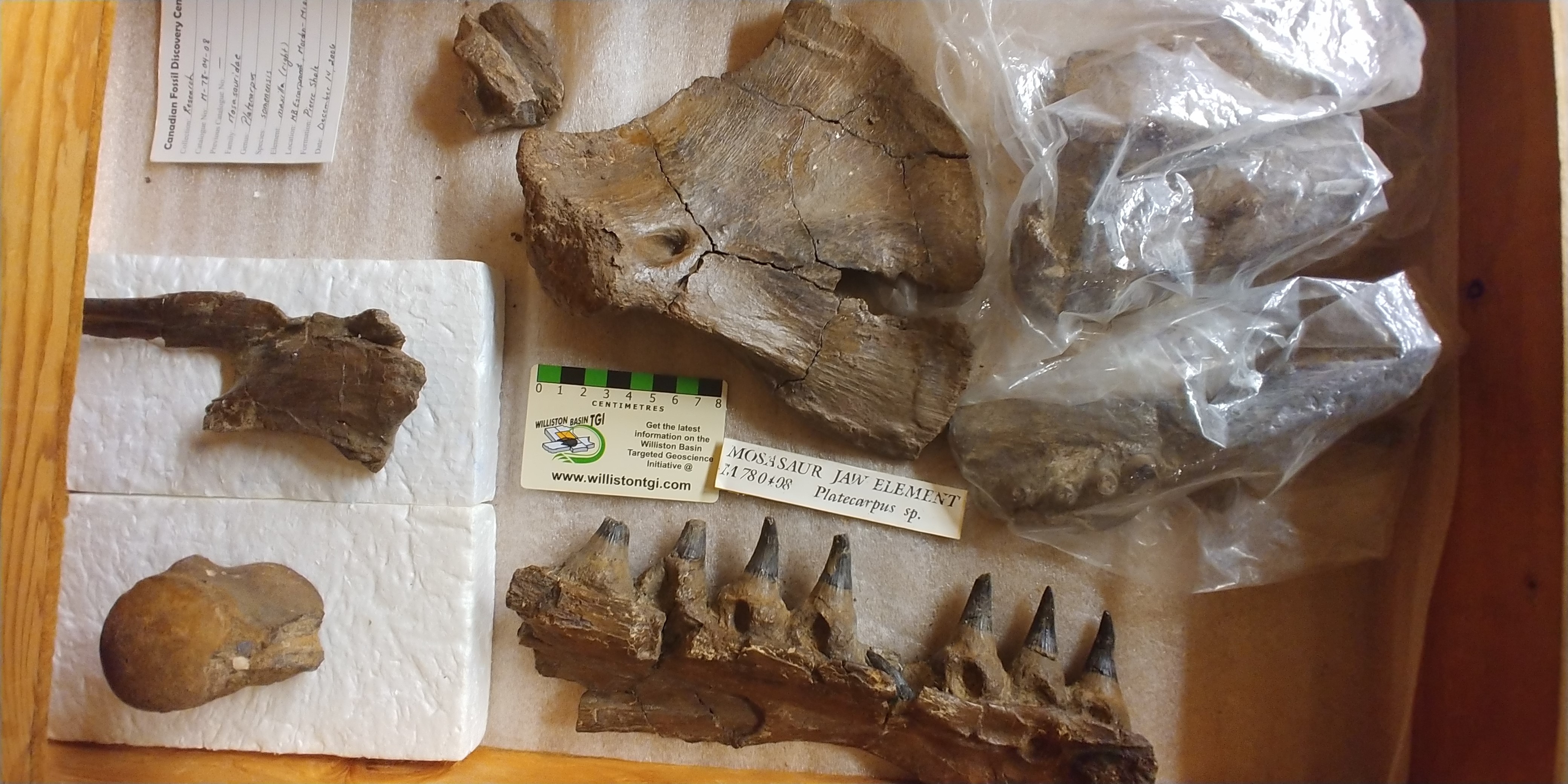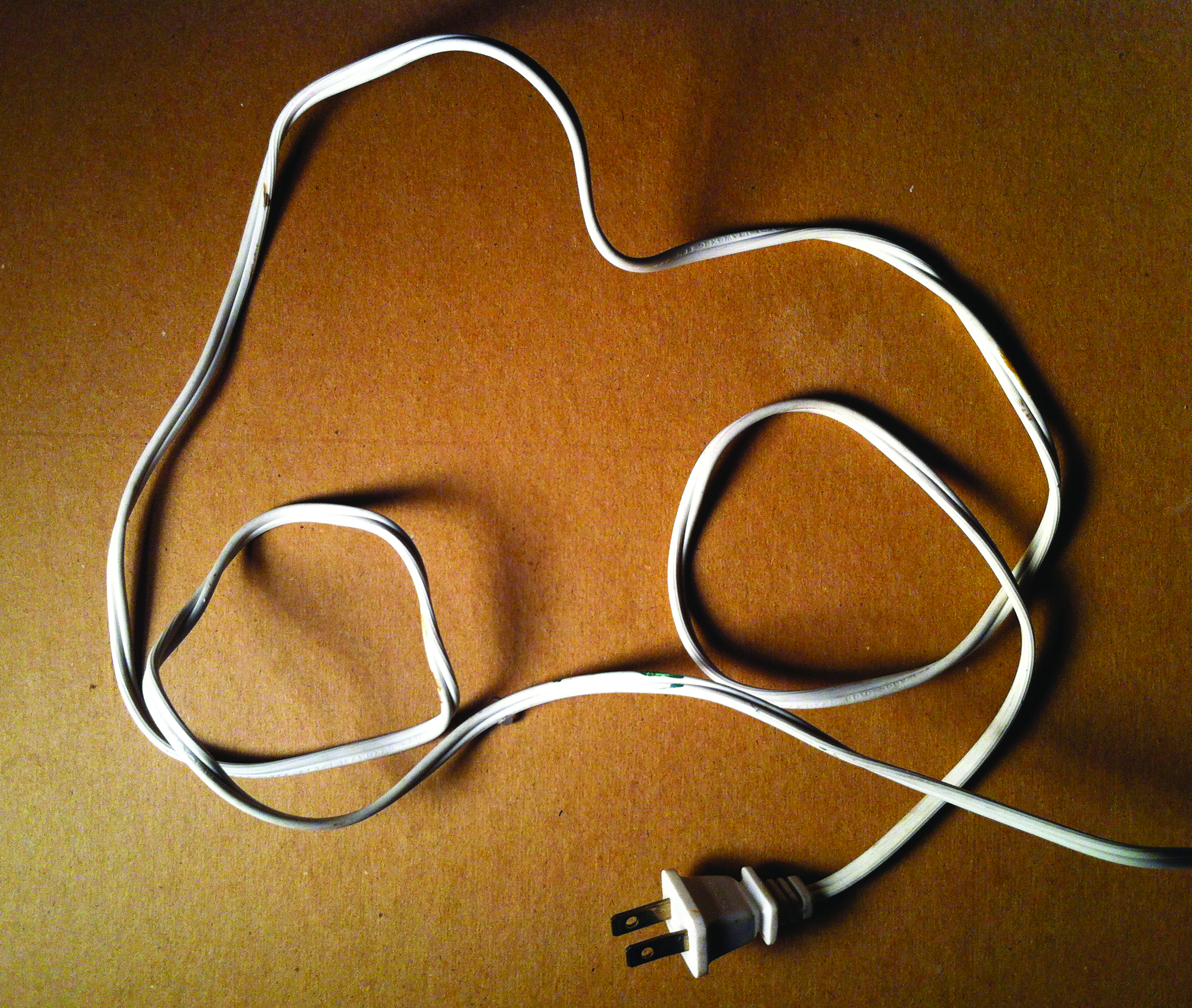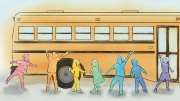Ranging from wheelchairs to speech recognition software, over 2.5 billion people globally need assistive technology. As the population ages and noncommunicable diseases become more prevalent, that number is expected to rise to 3.5 billion by 2050.
Amine Choukou, U of M associate professor in the college of rehabilitation sciences, is exploring the potential of assistive technology, or products that help facilitate an individual’s cognitive, communicative or physical functioning. Choukou’s research aims to improve the quality of life of those living with physical and cognitive disabilities by focusing on smart technologies and services.
Today, technology permeates nearly every aspect of our lives. Choukou’s work involves advancing health care by capitalizing on technological innovation.
“People are ready,” he said. “This is a huge opportunity to rethink health care in terms of technology.”
Choukou is the principal investigator of the Rehabilitation Technology Lab.
One of the lab’s current projects is telerehabilitation — a means for health-care providers to assess and deliver therapy to patients remotely. Telerehabilitation has become an especially useful tool since the onset of COVID-19 pandemic, when public health measures made travel to providers’ clinics challenging.
Choukou’s research aims to deliver high-quality care to patients in the comfort of their own homes. Studies have shown that at-home care can be safer and more effective than traditional hospital treatment, especially for patients who are at greater risk for hospital-acquired diseases.
“At the highest level, we can save time, we can save costs, we can save money, and allow the patients to access to care faster,” Choukou said.
“At the individual level, patients don’t need to travel much, so they are also saving costs […] they are saving time, and they are increasing the quality of life of the entire family, because if you need care you need someone to drive you back to the hospital.”
Another study co-authored by Choukou found that rehabilitation professionals believe telerehabilitation is useful for supporting older adults at home. Making technology feasible for those with limited digital health literacy or cognitive impairments and training rehabilitation professionals in implementing these programs is crucial.
Choukou is particularly focused on addressing the needs of people in isolated areas and Indigenous communities. Not only do these communities often have reduced access to digital health, but they are often located far from health-care services. His team at the lab developed a tablet-based telerehabilitation program, available in English and Ojibwe, that aims to serve older Indigenous adults and those living on reserves.
Additionally, the lab is working on a camera-based monitoring system for people living with dementia. The system will recognize a patient’s posture and body language without invading their privacy and identify behaviours that are high-risk. If a patient is engaging in high-risk behaviour, an alert will be sent to care providers to help remove the patient from a potentially unsafe situation.
Another project at the lab is the iManus, a pair of sensorized gloves and therapeutic equipment delivered to patients’ homes, along with a mobile app that allows patients to connect to a therapist. This telerehabilitation technology is used to assist stroke survivors who are living in rural, remote and underserved areas.
The Active@Home program also focuses on helping stroke survivors. With two modes of delivery, participants choose between a mobile app or virtual reality technology. The physical rehabilitation aspect uses a virtual fitness coach who delivers resistance training, stretching and balance training. The cognitive aspect has participants complete activities in a simulated virtual reality environment.
In a case study focused on a rural stroke survivor, Choukou and several co-authors found that telerehabilitation could be effectively administered remotely. The study was the first to enable the use of virtual reality to practice everyday activities in a digitally generated smart-apartment.
Choukou explained that geographic locations are often tied to socioeconomic status. Those with greater socioeconomic status, and who are living in urban communities, may have improved access to health care and assistive technology.
“At the philosophical level, it’s about equity,” he said. “The end goal of enabling rehabilitation and home-care and supporting this by technology is to provide equity, so every patient receives rehabilitation services the same way across the country.”
At its core, his work is about equity, justice and empowering people wherever they may live. “Don’t think of technology as the end goal,” he said. “Think about the social impact.”





